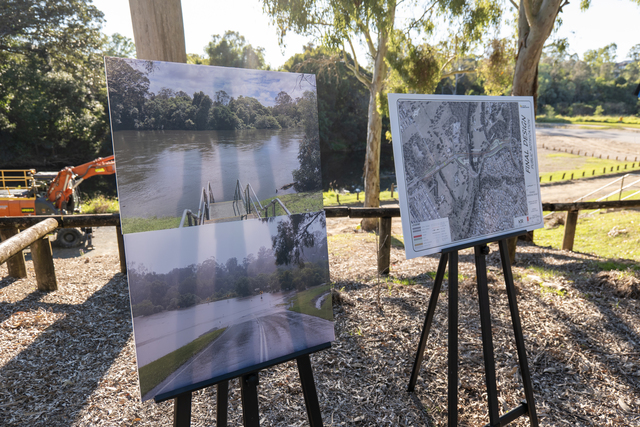Community surveys have indicated that Gosnells residents see reduced crime and increased safety as top priority in terms of what Local Government can achieve for them. Accordingly, Gosnells has undertaken a number of steps to increase personal safety and reduce the perception of crime.
One of these is a new approach to City design. This aims to change the built environment to reduce the opportunity for crime and promote a feeling of community.
City Designer, Stephen Thorne, uses a model known as Space Syntax to identify the potential for crime in the existing built environment. This pinpoints features of previous planning that create the opportunity for crime to take place.
Space Syntax looks at the relationship between movement and land use, including pedestrians and vehicles.
The theory behind Space Syntax is that where there is more movement there are lower levels of property break ins and similar crimes.
Applied to Gosnells, Space Syntax research suggests that crime was highest where pedestrian and vehicle movement was low and visibility to onlookers negligible.
“The cul de sac developments, that characterised residential development over the last 30 years, appear to be an invitation to crime in that they reduced pedestrian movement and accessibility to facilities,” Stephen Thorne said.
“Adding to the problems are changes in work and lifestyle patterns, which means fewer people at home during the day and more people working outside the City.”
With 42 percent of Gosnells to be developed over the next 20 years, Council aims to encourage new development which will move away from cul de sac models and bring employment and pedestrian activity back to the City.
“The requirement to urbanise and develop over 40 percent of the City area gives us a window of opportunity to change the future for Gosnells,” he said.
“We will encourage mixed development where residential development is based within five minutes walking distance of retail and other facilities.
“We will also carry out tree planting which does not obscure visibility and institute a policy which prevents high fences obscuring views of the streets and houses.”
‘Designing out crime’ by encouraging people to use the streets and creating a greater sense of visibility makes more sense than other measures to reduce the problem.
“We do not want to go down the road of security patrols,” Stephen Thorne said.
“While popular in some quarters, there is no evidence that they deliver any real benefits in the long term.”







